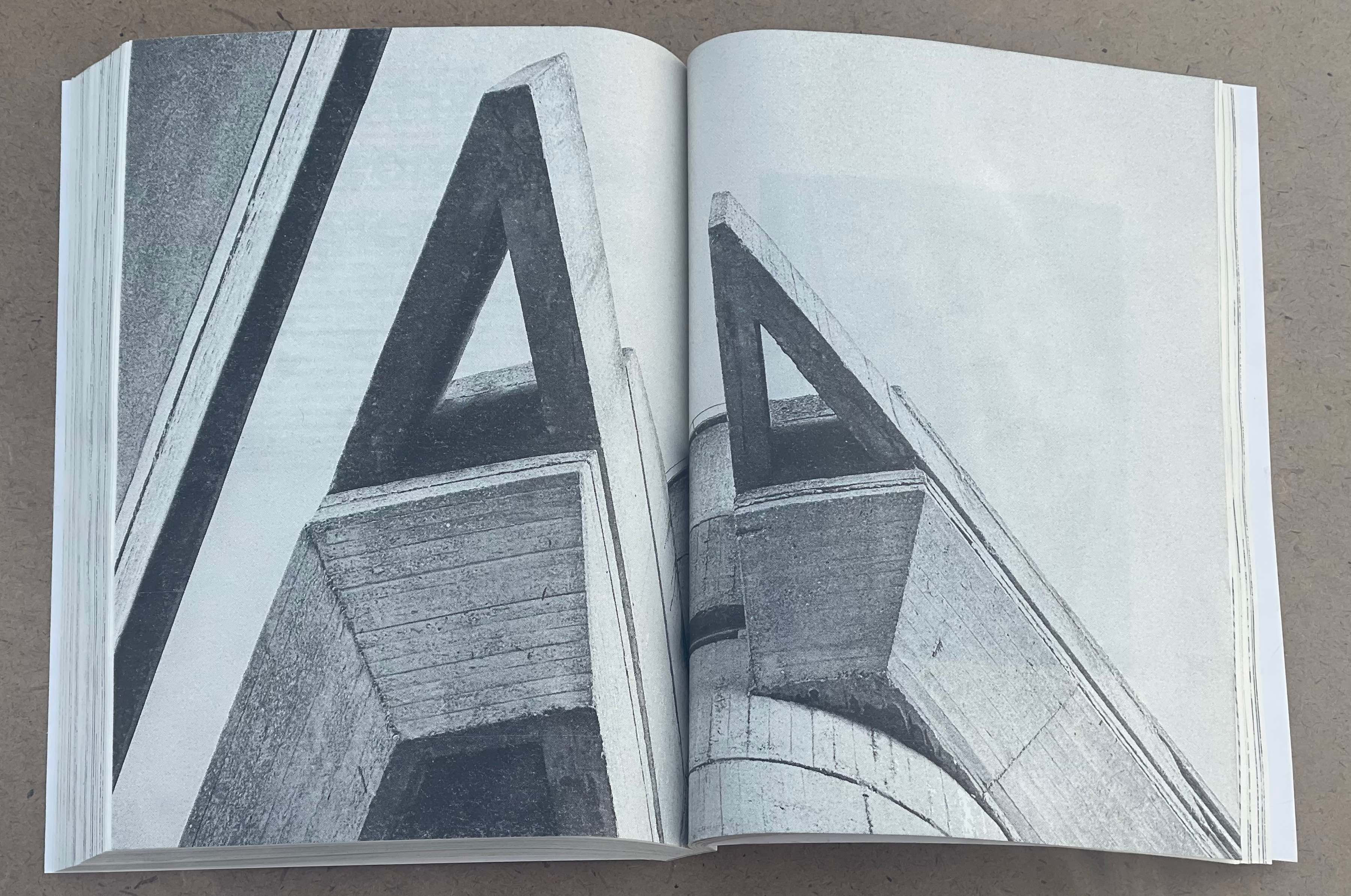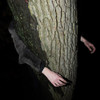War as God's Creation: The Divine Narrative of Military Hospitals through Vilém Flusser
To quote Vilém Flusser, “every progress, including that of medicine, is inspired by the Devil.” In his gnostic interpretation of monotheistic cosmogony, God simply created the conditions for the material world to exist—made the software through which it could be rendered—and then gave birth to the Devil, whose irrepressible creativity launched the flow of time and created the inorganic and organic universe. Since God is, for some reason, dissatisfied with the Devil’s creation, he perseveres in pursuit of its dissolution back into atemporality, its ultimate inanition.

The Devil, in turn, aims at preserving and maintaining the phenomenal world. And it is through corruption of the sins—“pride,” “greed,” “lust,” “envy,” “gluttony,” “wrath,” and “sloth”—we, the humans, materialise the Devil’s agenda. As Flusser shows, each sin, in addition to its unfavourable manifestations, has a corresponding auspicious attribution. For instance, envy is necessary in the project of social justice and pride (otherwise, self-awareness) in the development of the arts and sciences, while gluttony drives the production of a sufficient amount of consumables.
Medicine, in its turn, is a positive attribute of lust. While unicellular organisms are readymade near-immortal (dying mostly in the sense that one cell splits into two), ours, the multicellular, are destined to dissolve into atemporality by death from mutations, if not wounds. Here, medicine is a diabolically desperate attempt of humanity to reverse the (yet) inevitable quietus.
War, although often characterised as a rather negative consequence of humanity’s commitment to sins like pride, envy, lust, or greed, ultimately brings humanity and other affected organisms closer to extermination: this is the embrace of the Divine. The thirst for total annihilation is what Reza Negarestani understands as the scenario of monotheism: to level everything into the state of a lifeless desert—the desire for the War to hunt down the war machines that materialise it.
All that said, the Military Hospital is a tenuous site where the battle between God and the Devil takes place. On the one hand, as a facility of medicine, it saves life, falling on the Devil’s side. On the other, as a cog of the war machine, activated when War is summoned, it works in tandem with God to yield death and cease the flow of time.
Our purpose for employing Flusser here is not exhausted by the desire for intellectual exhibitionism. Aside from writing his Manichean tractatus (interesting fact—The History of the Devil has the same structure as Tractatus Logico-Philosophicus by Ludwig Wittgenstein), Flusser also wrote an essay on the philosophy of photography. With that essay in mind, the polarity of the military and medical components at play in Skopje’s Military Hospital is also a pretext to reflect on the concept of the very print in your hands.

Flusser argues that with the development of photography as a technically produced image (the third-order abstraction of reality; abstraction of the second-order is the text, abstraction of the first-order is the classical image), the written component of any illustrated publication became subordinate to the photo. In other words, texts are reduced to being captions explained by the dominating photographs. This is exactly how the photo-text relationship has been initially envisioned for this book. In the course of our work, however, the caption became insurgent against the the photograph’s dominance; nevertheless, not in the way Flusser would have expected.
For Flusser, the real insurgency of the text against the photograph would be in providing criticism of architectural photography as such—not as an apparatus of the photographer’s ego boost, nor as content to fill digital platforms for users to watch ads—but as a criticism of automatised photography as such, where the human operator simply implements the camera’s program to capture the surrounding world. This is not an emancipatory strategy of our text, however. Rather, the texts emancipate themselves through opting for vnenakhodimost’, outsideness to the images, living life parallel to them.
- Flusser, V. (2015). The History of the Devil. University of Minnesota Press.
- Negarestani, R. (2008). Cyclonopedia. Complicity with Anonymous Materials. re.press.
- Flusser, V. (2013). Towards a Philosophy of Photography. Reaktion Books.




You can obtain a printed copy of the book “Skopje: Transmissions from the Past Century’s Most Ambitious Transnational Urban Project” through various means. Stylobate, the collective behind this publication, offers the option to either have it shipped worldwide or pick it up in Vienna. For further information, please contact us at info@stylobate.net. Additionally, the book is available for purchase at Posta da Kona bookshop in Tbilisi. By purchasing the book, you will be supporting Repair Together, a volunteer group that aids Ukrainian communities affected by the Russian invasion.
